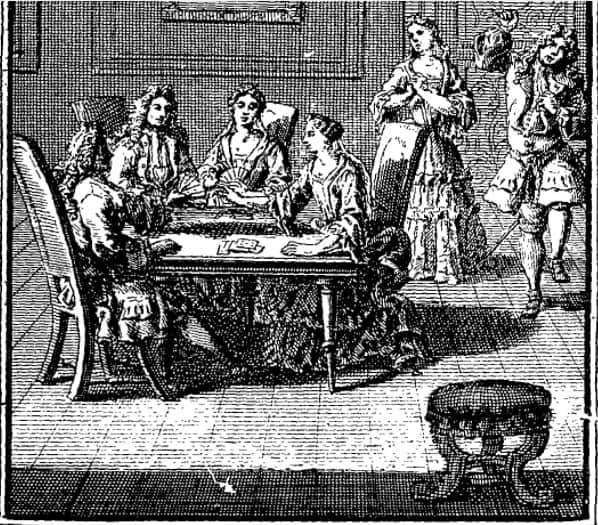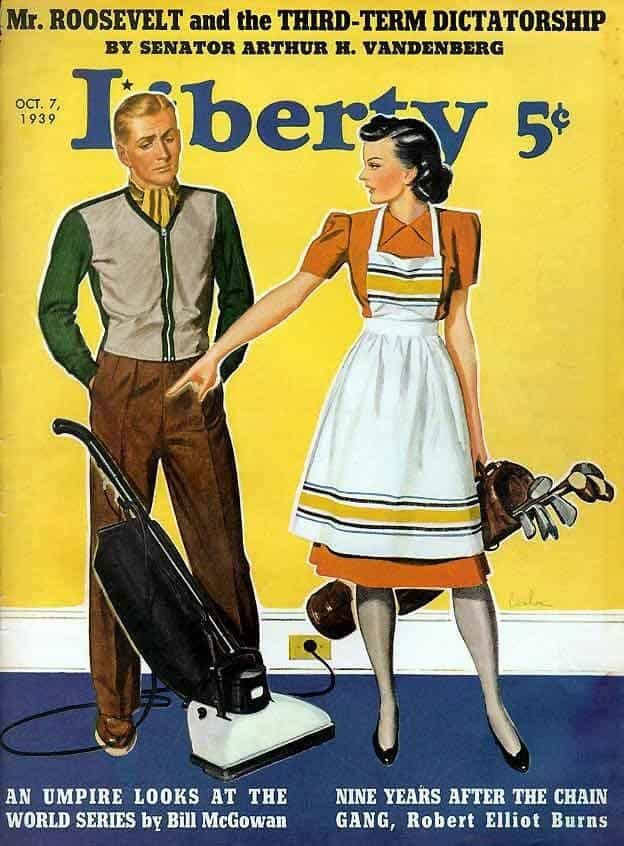Por Paula Maher Martin, Gale Ambassador en la Universidad NUI Galway
Para leer esta publicación de blog en inglés, haga clic aquí.
Germania, una descripción aparentemente inofensiva de los territorios, costumbres y tribus de los germanos por el historiador romano del siglo I Cornelio Tácito, fue ensalzada por los alemanes nazis como un estandarte: un retrato del ario primitivo; virtuoso, intrépido y fuertemente militarizado, cualidades que habían reverberado a lo largo de los siglos y que sustentaban la identidad racial del alemán moderno.



